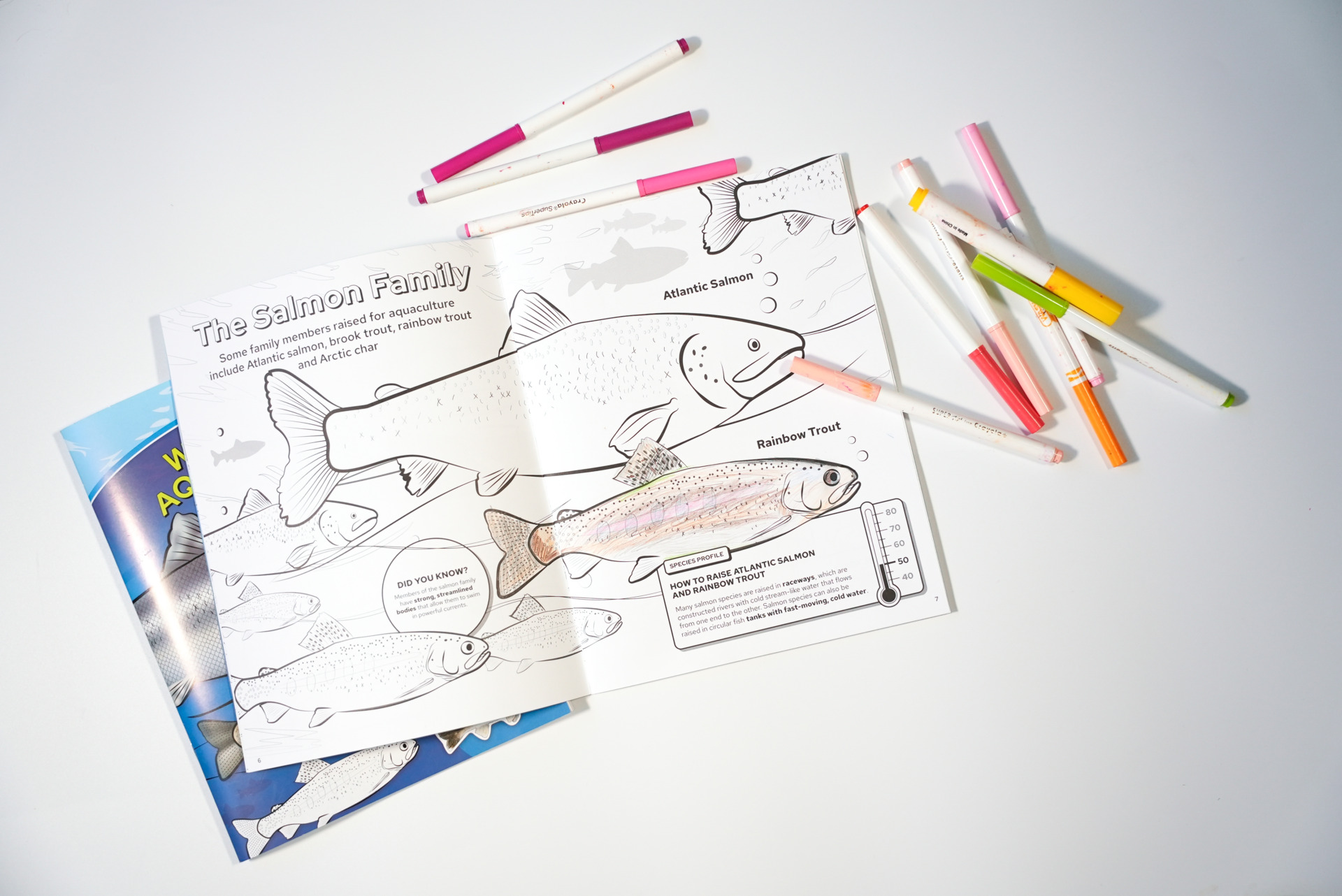The first week of March just happens to be National Invasive Species Awareness Week, an event that gives us the perfect opportunity to train our sights on an aquatic invasive species that has its sights trained on disrupting the Great Lakes—the Asian Carp.
Many of us are familiar with the basics—the carp’s spectacular airborne jumps, its voracious appetite. We’ve also heard a fair amount about the debate between the U.S Army Corps of Engineers and local fish and wildlife organizations about which current methods (site monitoring, netting, electrical barriers) are most effective at keeping Asian Carp from gaining a firm foothold in the waters of the Great Lakes. But there are still several things we don’t know, which is why we asked UW Sea Grant invasive species outreach specialist Phil Moy to clue us in on a few lesser-known fish facts about Asian Carp. Consider it the next step in your carpucation.
1. They’re not bottom feeders.
Waitaminute— The non-native common carp troll the bottom of lakes and rivers the same way mosquitos troll for blood at a summertime picnic. Why should the Asian variety be any different? Turns out Asian Carp actually prefer to feed at the middle depths of lakes and rivers, which, happily, make them easier targets for fishermens’ spears and bows. This also makes them more edible, as they have none of the bottom- feeders’ muddy taste.
2. It’s possible they exacerbate blue-green algae blooms.
As if we needed another reason to hate and fear this aggressive invasive species, it turns out that the silver variety of carp are filter feeders: In other words, their digestive system can actually filter and provide nutrients to bacteria involved in the formation of blue-green algae blooms.
“If you get more of these cells in the water, it can lead to an increase in microcystins, which are extremely toxic to humans and other animals,” noted Moy.
Did we mention that silver carp are basically always feeding?
3. They can live — and grow quite large — by eating zebra and quagga mussel larvae.
You might think the fact that Asian Carp could potentially serve as an unexpected curb to another dangerous aquatic invasive species would be good news—sort of like an episode of AIS “Survivor,” where having big mussels isn’t, ironically, an advantage. But having one invader grow strong at the expense of another just ends up leading to a bigger carp problem, in more ways than one. “The bottom line is that both carp and mussels are going to cause problems in the Great Lakes,” Moy said. “And you’re not going to see 100-pound zebra mussels flying out of six feet of water.“
4. There are more types of Asian Carp than you realize.
The Big Head and Silver Carp get most of the attention and ominous headlines, but there’s another variety lurking in the headwaters of the Mississippi River: The Black Carp. A mollusk-eater that was originally introduced into the environment to control snails that created blemishes on the flesh of other fish, the impact of Carp Noire has yet to be determined. “It’s very much like the quagga mussel in the 1990s,” explained Moy. “We knew it was out there, but at the time we weren’t worried about it.”
There’s more worry now. Scientists don’t have a clear sense of the impact the Black Carp, which often grows much bigger than other carp species, could have on the Mississippi’s food web, but it could be significant.
5. Groups are monitoring, harvesting and — in some cases succeeding in controlling — Asian Carp.
Reading recent coverage of the Asian Carp issue might give one the mistaken impression that thousands of the fish are lurking near the electric barriers, waiting for their chance to strike. The carp represent a serious concern, but experts are making significant progress in keeping the fish in check. Moy spends a fair amount of time tracking efforts to control Asian Carp, so it’s no surprise that he can point to several success stories. Things like twice-monthly, fixed-site sampling (regular monitoring at five sites in the Chicago Area Waterways, including Lake Calumet) last summer and fall. Or the fact that more than 400 electrofishing runs (95.75 hours) and 200 net sets (41,600 yards of net) over that time period caught over 25,000 fish (56 species and four hybrid groups)–and no additional Asian Carp.
“It’s important for people to hear that the effort is paying off,” said Moy.
These efforts are also leading to key intelligence on how the fish is surviving and thriving. Last June, an Asian Carp caught in Lake Calumet measured 30 inches long and was six years old.





